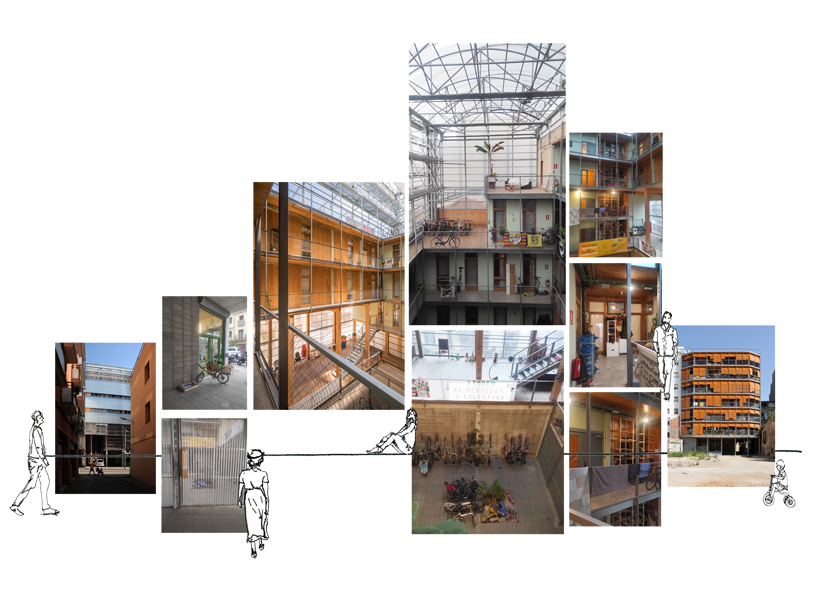
Vertical Ecosystems in Cooperative Housing. A Sectional Approach: The Paradigmatic Case of La Borda in Barcelona (Spain)
Abstract
Globally, contemporary architecture is exploring new ways to integrate nature into the built environment, promoting both sustainability and social cohesion. One emerging trend in this field is the development of “vertical ecosystems,” where buildings and urban spaces are designed to harmoniously connect. This approach seeks not only to reduce the environmental impact of construction but also to enhance the quality of life for res-idents by creating environments that foster social interaction and a closer connection with nature. In cities worldwide, projects are being implemented that redesign urban spaces by incorporating vertical ecosystems that thrive. This article analyses how these projects, led by housing cooperatives, represent advancements in engineering and architectural design, offering innovative solutions to the challenges of climate change and urbanisation.
In this context, Barcelona stands out as a leader in implementing vertical ecosystems through its housing cooperatives. The city has pioneered housing models that not only integrate environ- mental sustainability but also promote social cohesion and community self-management. The emblematic case of La Borda illustrates how these principles are materialised in projects that combine the use of sustainable materials, participatory design, and the creation of intermediate spaces that facilitate community life.
DOI: https://doi.org/10.20365/disegnarecon.33.2024.6
Keywords
Full Text:
PDFRefbacks
- There are currently no refbacks.
Copyright (c) 2024 Gracia Cabezas
DISEGNARECON
ISSN 1828 5961
Registration at L'Aquila Law Court no 3/15 on 29th June, 2015.
Indexed in SCOPUS. Diamond Open Access. All papers are subjected to double blind peer review process by qualified reviewers.
Journal founded by Roberto Mingucci
